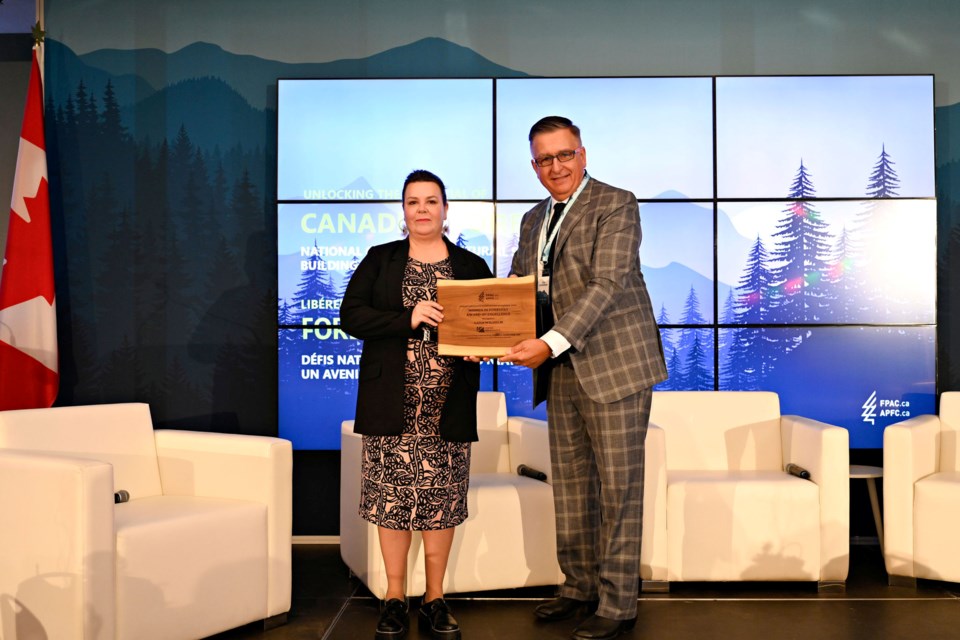
New Delhi: A government proposal for a production linked incentive (PLI) scheme for shipping containers hangs in the balance after the federal think tank Niti Aayog raised cost concerns, prompting the shipping ministry to point to the need for incentives in the first placet to bring down costs. The domestic cost of manufacturing is significantly higher than global costs —the cost of manufacturing in containers in China is 1.5-2 lakh per unit (40 feet dry containers), compared with 3.
5-4 lakh in India, two people aware of the development said. Also read | The first person said Niti Aayog has suggested that the manufacturing cost of a container in India should not be more than 15-20% higher than global costs. With the average global manufacturing cost of a container ranging from 1.

5 lakh to 2 lakh, the cost of manufacturing in India should not exceed 2.4 lakh per container. “Niti Aayog has told the ministry of ports, shipping and waterways (MoPSW) that if the difference is so large, it would be better to import containers to meet the demand rather than produce them at uncompetitive prices," this person said.
The think tank has asked the ministry to justify the PLI scheme. Justification sought However, the shipping ministry is of the view that scaling up manufacturing may bring down costs to global levels, and that the PLI scheme is needed to make India self-reliant in container manufacturing. “Some questions have arisen over the high cost of manufacturing containers in India.
But our view has been that an incentive scheme is required to create a manufacturing ecosystem in the country. Costs will fall when manufacturing gets necessary scale," T. K.
Ramachandran, secretary, MoPSW told . Also read | It is expected that the shipping ministry will put across its view supporting the scheme and look to extending financial assistance to manufacturers through its proposed 25,000 crore Maritime Development Fund. Queries sent to the Niti Aayog and ministry of commerce and industry, remained unanswered at press time.
MoPSW also did not answer some other mailed questions related to the scheme. The government has been working on a PLI scheme for manufacturing shipping-grade containers for some time now to improve domestic availability and cut large scale import, especially from China. Shortage of containers The need to boost domestic manufacturing of containers was felt after Indian exporters and importers expressed concern over a global shortage of containers amid the Russia-Ukraine war.
Though the shortage has eased, giving way to ample availability of cheap containers from abroad, there is still a feeling that a manufacturing infrastructure should be developed to insulate the industry from any future risk, keeping in mind India's growing trade volumes. Also read | Another factor was the government's attempts to lower import dependence on China, which is the largest container supplier globally, accounting for 90-95% worldwide market share. Plans were advanced enough for the Centre to have earlier identified Bhavnagar in Gujarat to develop a manufacturing hub for containers.
A few private companies had even started operations there. Huge demand exists According to the government, India requires 350,000 containers every year, which means locally produced containers would find robust demand. State-run Container Corporation of India Ltd (Concor), which is the largest fleet operator of containers across rail and waterways, alone has a requirement of 50,000-60,000 containers in the next three years.
Also read | According to the people quoted above, CONCOR recently took deliveries for 16,000 containers made by a private firm for around 3 lakh each. This cost would have been substantially lower had domestic manufacturing been mature, they argued. A high-level committee was formed earlier to promote local container manufacturing and bring it under a PLI and cluster-based manufacturing system.
This may now have to wait as the scheme would be scrutinized afresh before a call is taken on its proposed launch. “There are apprehensions about a glut in container demand. To some extent, it may sound convincing, but what about the scarcity of containers when demand for them rises unexpectedly?" the second person said.
Ministry moots PLI A proposal for container PLI was mooted by the shipping ministry early last year but the ministry later put it on hold citing a glut in the latter part of 2023. This proposal called for 11,000-crore container to be spent over a nine-year period, beginning 2024-25. The plan was to manufacture 20-foot high, 40-foot long containers of various configurations.
The aim was for India to garner at least 10% of demand from global liners. S. Ramakrishna, former chairman and now advisor of the Federation of Freight Forwarders Association of India (FFFAI) emphasized the critical need for the government to address the cost and supply of raw materials used in container manufacturing.
Also read | “There are many ways to address the high manufacturing costs. Unless the raw materials for containers are competitively manufactured, prices will not decrease. If the government exempts GST on raw material manufacturing, prices will automatically come down," S.
Ramakrishna told Mint over phone. “Earlier, China also supported its industries by reducing raw material costs. As a result, their finished products are priced lower than the cost of our raw materials.
This is why 95% of containers are being imported from China," he said. The need for a steady supply of containers is also key to the Centre’s efforts to boost domestic cargo transportation through inland waterways and coastal shipping. Besides, the structural weakness is expected to be addressed through the scheme that has been hurting goods exports since the outbreak Covid-19 pandemic.
Sanctions lead to shortage The sanctions imposed on Russia by the European Union and US following its invasion of Ukraine led to an acute shortage of containers, which in turn increased freight rates and impacted global trade. In the past two years, Covid, too, has disrupted manufacturing and supply of containers globally. The Economic Survey for FY22 highlighted how the container shortage is impacting trade.
It said covid-19-related restrictions on international trade in 2020 affected container movement. The prolonged partial closure of ports across the world created a glut of containers in some ports and an acute shortage in others. At the same time, because of widespread manufacturing delays, not enough containers were made, said the Economic Survey released by the government.
Also read | “With the global economy starting to recover since early 2021, containers, which were stuck at various storage points are not being sent back to service fast enough, resulting in a skewed demand-supply situation for shipping containers, leading to very high shipping rates. During April-September 2021, India spent $14.8 billion on transport services imports, or 65% higher than last year.
" said the Survey. However, over the longer term, a PLI scheme should address creation of an eco-system of cost-competitive raw material suppliers, supported by demand-side measures such as local sourcing norms for containers, commensurate with India’s participation in international trade, the second person said..














